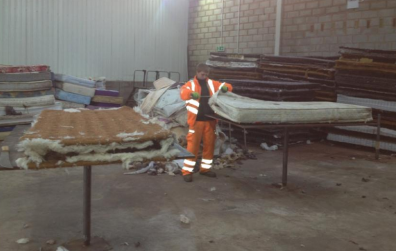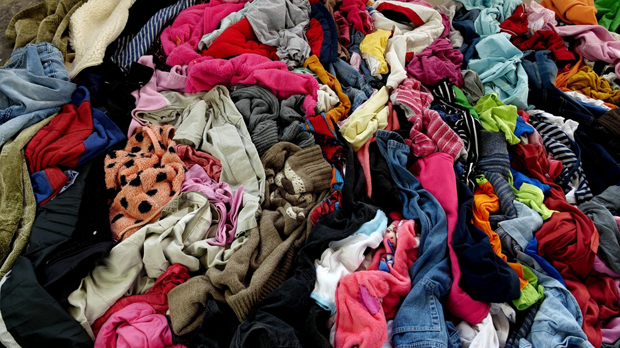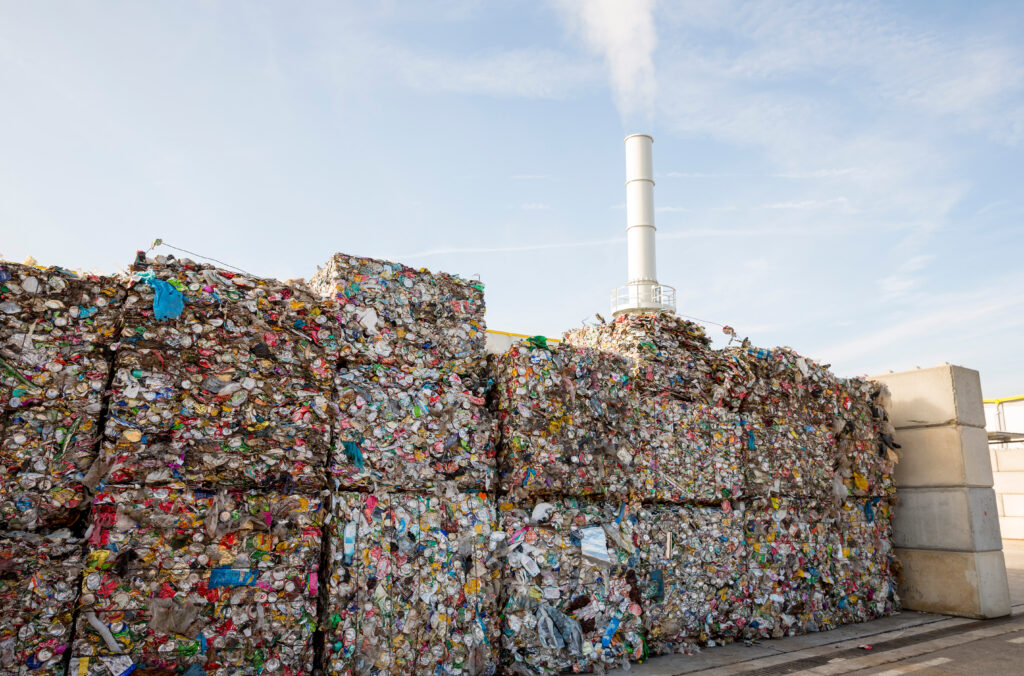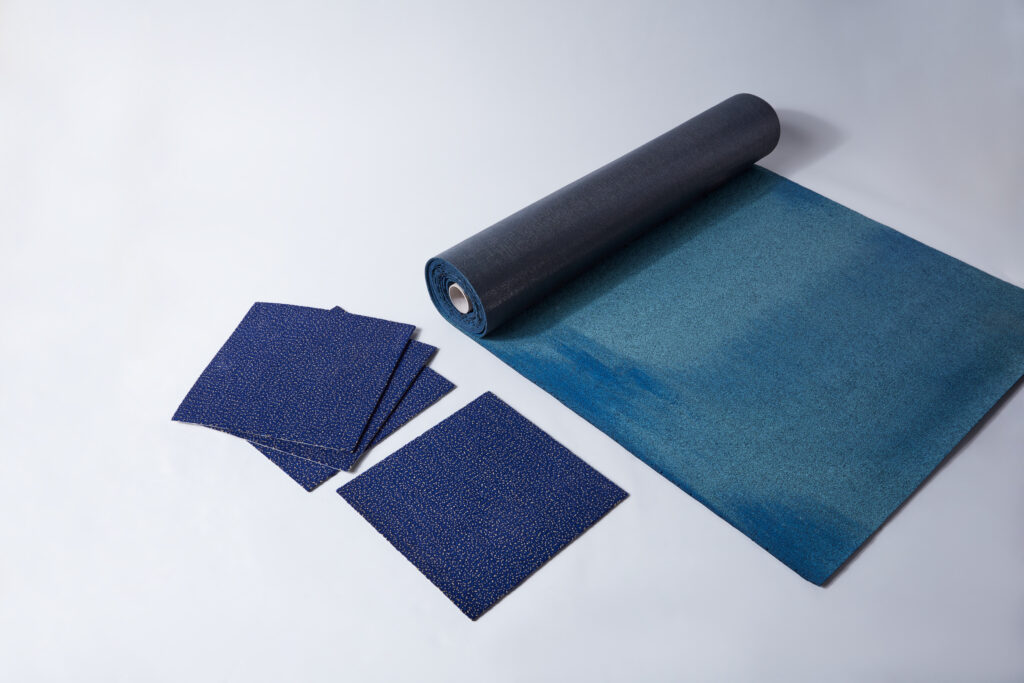And, while the number of mattresses recycled in the UK is likely to have almost doubled between 2013 and 2014, it still only counted for just 16% of all end-of-life activities for the material stream.

The findings were published in the National Bed Federation’s End of Life Mattress Report 2016 at the end of July, which comes two years after its inaugural report into the largely under-reported industry.
Produced on behalf of the Federation by environmental consultancy Oakdene Hollins, the report provides an ‘unprecedented’ overview of the current state of mattress recycling and reuse in the UK.
Precision
Since its first study in 2014 NBF has changed its methodology for reporting the capture rates for mattresses, with a more ‘refined and precise analysis’ of mattress trade and production data as well as including all local authority data for the material stream.
It found that 939,000 mattresses were recycled in 2014 compared to 586,000 and 452,000 in 2013 and 2012 respectively. Around 88% of these mattresses were recycled on behalf of local authorities, with the remainder processed via take-back schemes of retailers and manufacturers.
This indicates around 16% of all mattresses were recycled in 2014, with 11% going to incineration and 73% landfilled.

While NBF states it is ‘misleading’ to compare the 2014 rate with that recorded for 2013 and 2012 in the earlier report, it remains confident that the upward trend is real and that the mattress recycling reported by both councils and commercial enterprises is ‘increasing strongly’.
In 2013/14, the report notes, there was a 25% increase in the number of local authorities reporting the amount of mattresses recycled, as well as a 39% boost in commercial enterprises reporting their figures the following year.
Outlook
However looking forward, the study gives a less positive outlook for the future of the sector, with a number of recyclers ceasing to accept mattresses in 2014/15. These include JBS Fibre Recovery in the West Midlands, Divert More in the North East, Envirogreen in Northern Ireland, and Mid UK Recycling in the East Midlands. In some cases, they were the only businesses offering the service in their respective regions.
The report blames these closures on a drop in steel prices – reducing market opportunities for springs which make up around 50% of mattress components – coupled with an increase in the cost of insurance for mattress recycling due to risks such as fire.

The knock-on effect of the loss of this capacity will not be evident until local authority data for the full 2015 year becomes available. However, a straw poll of council representatives at the National Association of Waste Disposal Officers (NAWDO) meeting in March 2016 revealed that only two of 20 members who were sending mattresses for recycling 6-12 months previously were still doing so at the start of the year.
Association
In order to counteract the plateauing or even decline of mattress recycling, the NBF has recommended creating a trade association involving stakeholders which could ‘accelerate the uptake of good practice’ and ‘increase adoption of externally accredited quality standards in the sector’. Preliminary meetings between the Federation and the Textile Recyclers Association (TRA) are understood to have already taken place.
Meanwhile, the NBF is also calling for the UK to learn from international mattress recycling practices, including increased Extended Producer Responsibility schemes as in France and the United States. It adds that the effects of a ban on landfilling mattresses should also be considered.
“We expect this work to allow us to engage meaningfully with legislators, ensuring our thoughts are properly considered”
Tony Lisanti, chair
National Bed Federation
Commenting on the report, Tony Lisanti, chair of the NBF and group chief executive of the Airsprung Furniture Group, said: “We hope this document will become the prime repository, by some considerable way, for ‘academic’ research into this area and that anyone seriously interested in the matter of mattress recycling will naturally be guided to the NBF.
“We expect this work to allow us to engage meaningfully with legislators, ensuring our thoughts are properly considered when legislation in this area is drawn up – as it inevitably will be in future.”
Analysis
He continued: “On a very practical basis we want to use the research and subsequent analysis to provide NBF members with options for the ethical, environmentally acceptable and cost effective approach to Product Stewardship and, within that, the disposal of EoL mattresses.
“Amongst our aims is to work with the recycling industry to ultimately be in a position whereby the NBF will endorse a network of mattress recyclers that conforms to an audited code of practice.”












Subscribe for free